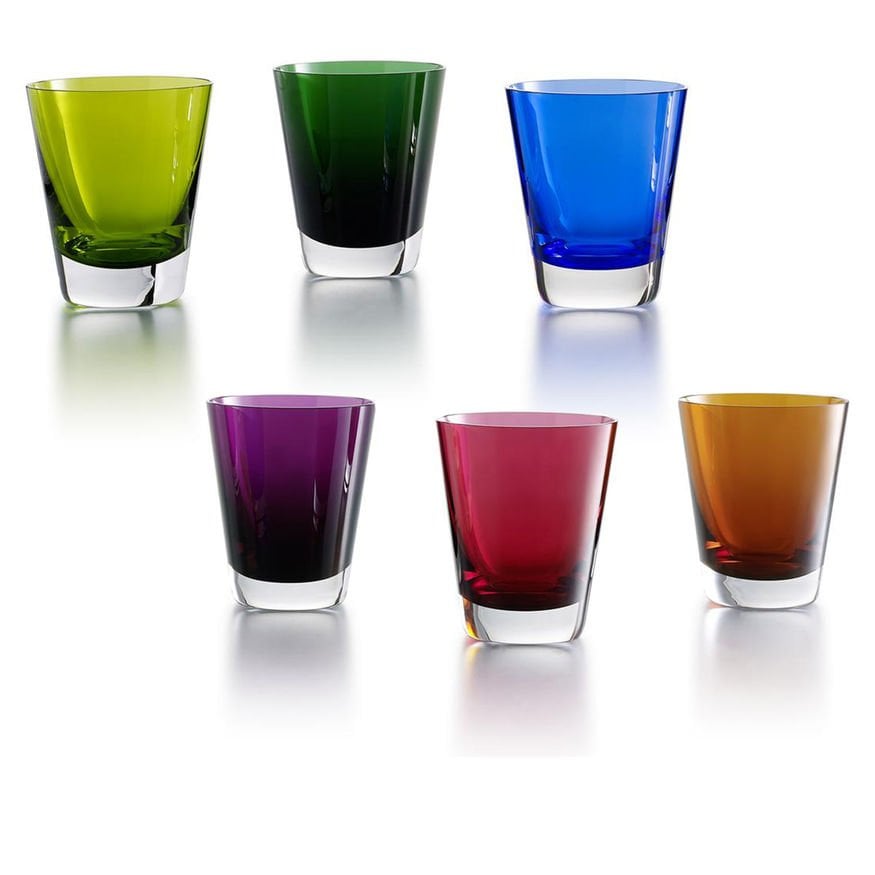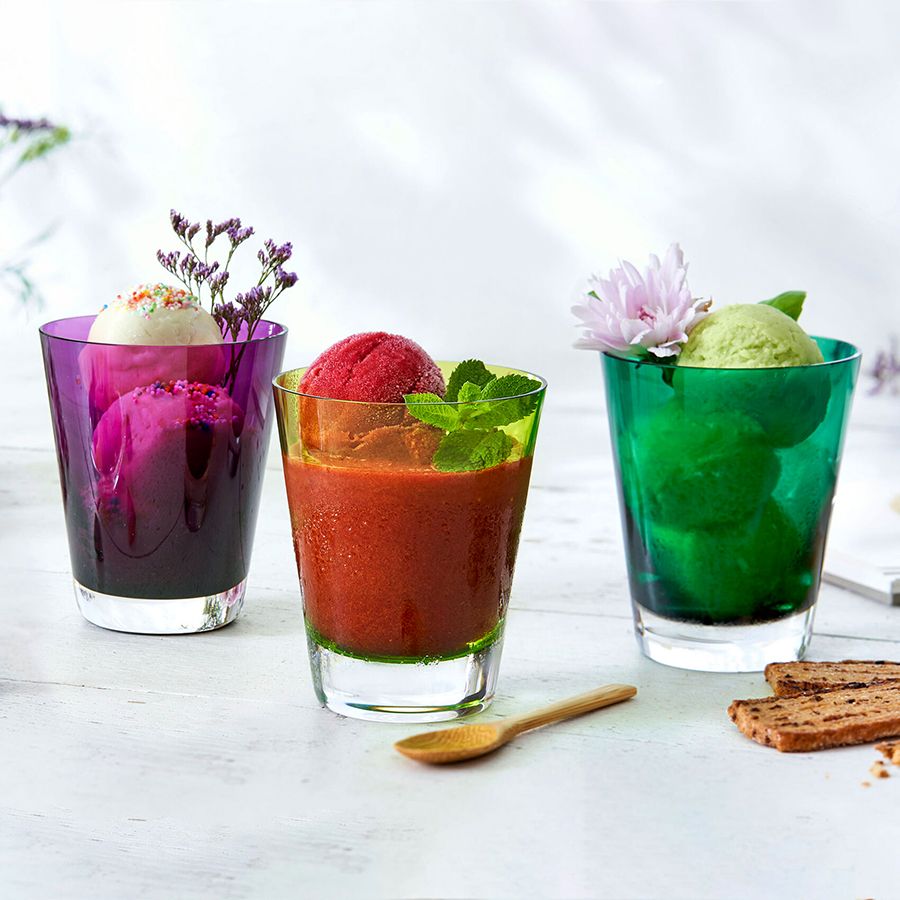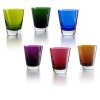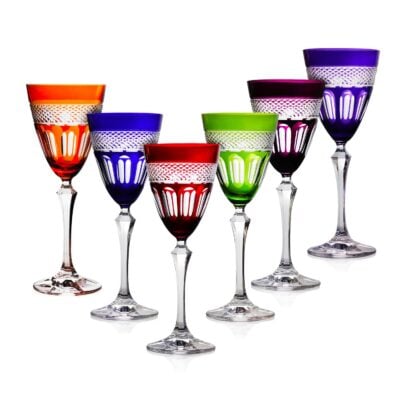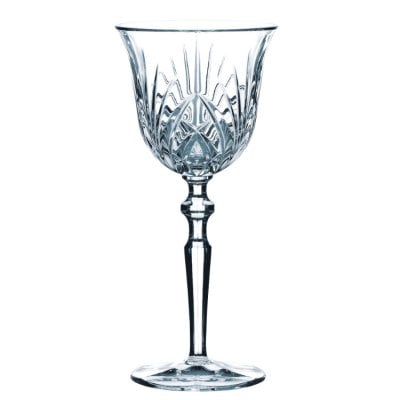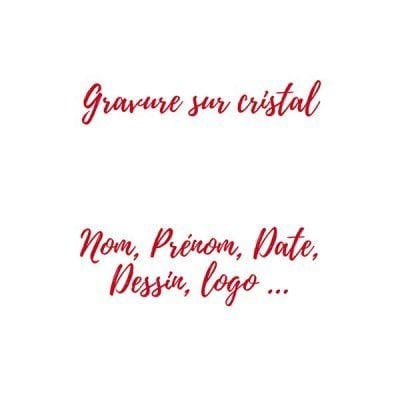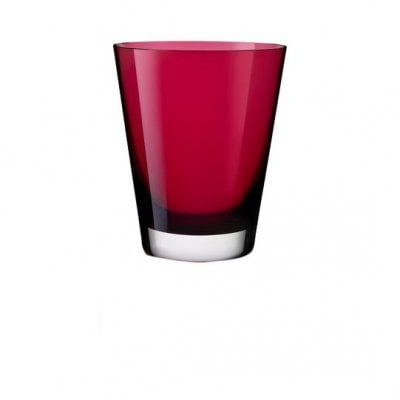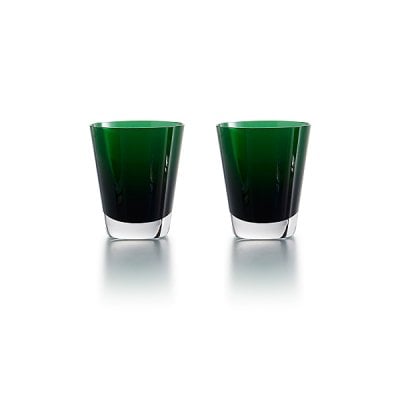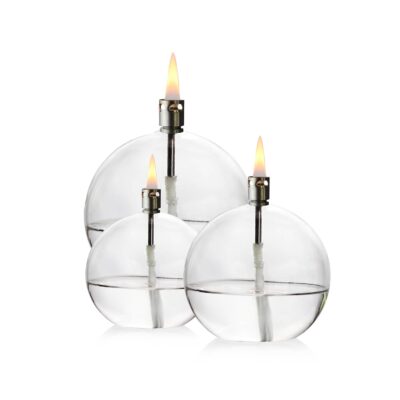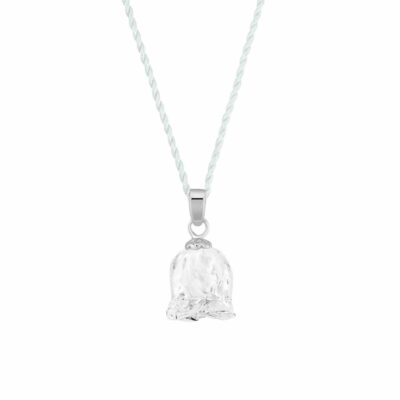WE PROVIDE INSURANCE FOR YOUR ORDER
With more than 138 years of experience, our export team takes the greatest care to package each order. A damaged product? We will send a new one. A lost parcel? We will send a new one. The shipping cost include an insurance break and lost.
CUSTOMER REVIEW
ENJOY TAXFREE
For a delivery outside the European Union, you can pay your order without VAT. Please, use the coupon code FREETAX into your cart.
RECEIVE A GIFT FOR EACH ORDER
We take care of our customers. For each order, you can select a gift in you cart. More you buy, bigger the gift is. Follow this link to discover the gift list.
WIN FIDELITY POINTS
We reward your fidelity. Each order allows you to win fidelity points, that you can use for your next order. Enjoy extra discount. Don't forget to creat an account or to login into it. Learn more ?
ADDITIONNAL INFORMATIONS
MOSAÏQUE TUMBLERS SET :
MOSAÏQUE TUMBLERS SET, Handcrafted using traditional glassblowing techniques, these glasses are the perfect gift! Available in a set of 6 in 6 different colors. The tableware has a simple silhouette that is precise and elegant. The understated shape of the tumblers makes their use appropriate for any and all drinking experiences: as a water or fruit juice glass, or mixed in with Baccarat clear crystal bar sets. The hand-blown Mosaïque tumblers are cased in clear crystal, and are available in a vast array of cheerful colors in this set: orange, blue, purple, moss, green, and Baccarat’s signature ruby red crystal. The interplay of light with the smooth surface and the colored crystal makes for a radiant table, and a compelling soirée.
♦ THE ART OF BACCARAT CRYSTAL IN 7 WORDS :
Colour : From the 19th century onwards, the Baccarat range was expressed in multitude of colours. Produced by adding metal oxides to clear crystal. Blue with cobalt oxide. Violet with manganese oxide. Green blue with copper oxide. Yellow with uranium oxide. Black with manganese and oxides of copper and chromium.
Gilding : Used since 1833 by Baccarat, gilding, a paste made of 24-carat gold, is applied with a brush. As a result, the piece is then annealed at a temperature of 460°C to set, and the gilding is itself polished with an agate stone to give a shiny gold aspect-this is the « burnishing ».
Enameling : Discovered in antiquity, enamelling is a technique that has been used by Baccarat since 1840. Notably in the decoration of armorial glasses. A tinted metal oxide paste is applied with a brush before being fired at a temperature of at least 600°C.
Engraving : A decorative technique applied to cold glass consisting in removing material in different ways. Using an acid bath where the decoration drawn in negative is eroded by the action of the chemicals ; at the wheel, as was already practised in ancient times, by removing the material with the aid of small « burrs » ; sandblasting, that is to say the pressurised projection of sand on the object in order to buff off the desired areas
Melting : At a temperature of about 1400°C, silica (very fine and very puresand), sodium and lead oxide bake in a Baccarat oven for at least one day.
Blowing : Dipping a blowpipe, a hollow metal bar, into in the furnace, the glass master gathers a bubble of molten crystal called a « parison ». Then, blowing into the pipe, he gives the object its hollow form.
Cutting : Using a grinding wheel on cold glass, the craftsman applies a decorative pattern. Bevelled, flat cut, diamond-shaped, pontil, rich cut and so on.

